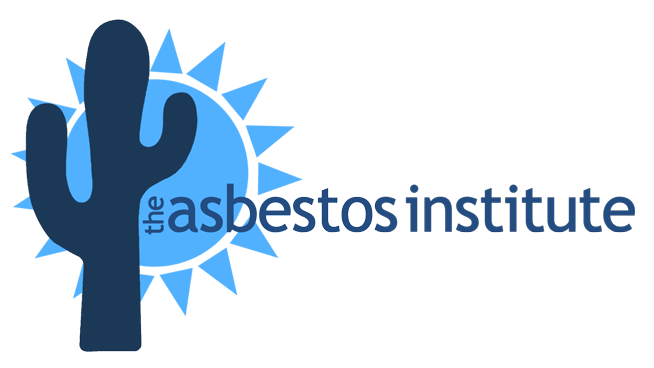If you think you have breathed in asbestos, here’s what you should do:
Immediate Actions
- Leave the Area – If you’re still in a space with potential asbestos exposure, leave immediately to prevent further inhalation.
- Avoid Disturbing Anything – If asbestos-containing materials (like insulation, old tiles, or pipes) have been damaged, avoid touching or moving them to prevent more fibers from becoming airborne.
- Rinse Your Mouth & Blow Your Nose – This may help remove any loose fibers from your airway.
Medical Steps
- Monitor for Symptoms – Asbestos-related diseases (like asbestosis, lung cancer, or mesothelioma) develop over decades, so you won’t feel symptoms right away. However, watch for persistent cough, shortness of breath, or chest pain and see a doctor if they appear.
- Talk to a Doctor – If you had significant exposure (e.g., working around asbestos without protection), inform a doctor. They may recommend a lung function test or monitoring over time.
- Avoid Smoking – Smoking increases the risk of lung disease when combined with asbestos exposure.
Long-Term Considerations
- Get Regular Health Checkups – If you had long-term exposure (e.g., construction work, renovation, or living in an asbestos-filled home), consider routine lung screenings.
- Notify Workplace Safety Authorities – If the exposure happened at work, report it to your employer or occupational safety department.
- Consult an Asbestos Specialist – If you suspect ongoing asbestos risks in your home, hire a certified asbestos inspector to assess the situation.
What Are The Risks of Breathing In Asbestos?
Breathing in asbestos fibers can lead to serious long-term health risks, primarily affecting the lungs. The severity of these risks depends on how much exposure you had, how long you were exposed, and your overall health.
Major Health Risks of Asbestos Exposure
🫁 Asbestosis – A chronic lung disease caused by scarring from asbestos fibers, leading to:
- Shortness of breath
- Persistent cough
- Chest tightness
- Increased risk of respiratory failure
🫁 Lung Cancer – Asbestos exposure is a known cause of lung cancer, especially in smokers. Symptoms may include:
- Chronic cough
- Chest pain
- Unexplained weight loss
- Coughing up blood
🫁 Mesothelioma – A rare but aggressive cancer that affects the lining of the lungs, abdomen, or heart. It can take 20-50 years to develop after exposure. Symptoms include:
- Shortness of breath
- Chest or abdominal pain
- Fatigue and weight loss
🫁 Pleural Thickening & Plaques – Asbestos can cause scarring and thickening of the lung lining, leading to:
- Difficulty breathing
- Reduced lung function
Who Is at Higher Risk?
🚧 Occupational Exposure – Construction workers, shipbuilders, insulation workers, and firefighters who worked around asbestos before it was regulated.
🏡 DIY Home Renovators – Disturbing old insulation, floor tiles, or walls containing asbestos can release harmful fibers.
🚬 Smokers – Smoking significantly increases the risk of lung disease when combined with asbestos exposure.
How Long Does It Take to Develop Health Issues?
🚨 Asbestos-related diseases have a long latency period—symptoms may not appear until 10-50 years after exposure.
What to Do If You Were Exposed?
- See a doctor if you experience persistent respiratory symptoms.
- Get lung health screenings if you had prolonged exposure.
- Avoid smoking, as it greatly increases your risk of lung cancer.
Classroom & Online
The Asbestos Institute has provided EPA and Cal/OSHA-accredited safety training since 1988. From OSHA 10 to hazmat training and asbestos certification, our trusted and experienced instructors make sure participants get the high-quality initial and refresher training they need.
Classroom
We train on-site at our headquarters in Phoenix, AZ or at our clients’ sites across the U.S. We offer both English and Spanish courses. Browse Classroom Classes
Online
Online courses allow you to align your learning with your personal schedule. This is a great option for students with family and work commitments. Browse Online Classes
Webinar
Live webinars allow you to watch instructors on demand from the comfort of your home or office. Learn, chat with other students, and ask questions in real-time. Browse Live Webinars
Disclaimer
The Asbestos Institute is not the official authority to determine OSHA training requirements, which are set forth in the Occupational Safety and Health Act of 1970. OSHA regulations are always being revised, added, and/or deleted, so you must not rely on The Asbestos Institute as the official authority of OSHA asbestos training requirements. Visit the official OSHA Asbestos Training Requirements page here.


